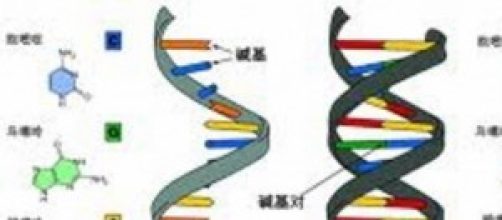Celebrate Rosalind Franklin. Your first question may be, who is Rosalind Franklin? Franklin was a pioneering scientist who changed science forever with her amazing discoveries. The revolutionary Franklin would have been 94 this year.
The British scientist was an acute biophysicist and ground-breaking x-ray crystallographer. Why is that of any significant? Well, and although she was the lesser recognised scientist, Rosalind’s research into DNA changed the course of science and the study of biology forever.
Franklin had always nurtured a love for science and it was a vocation that came easily into her life. At a time where education was a rarity for women, Franklin was privileged enough to attend one of the few schools in London where girls were taught chemistry and physics.
As a teenager, the head-strong Franklin decided she would dedicate her whole life to science by becoming a scientist. This was not the consensus for women of that epoch and she faced many obstacles. However the young Franklin was beyond determined and in 1938 she enrolled at Newnham College in Cambridge.
After graduating, Franklin had a brief stint at the British Coal Utilization Research Association. The scientist was now, Dr Franklin. She then moved to Paris to conduct work at the Laboratoire Central des Services Chimiques de L'Etat. Whilst at the Laboratoire Central des Services Chimiques de L'Etat, Franklin learnt about X-ray diffraction procedures. This time was really influential to the progression of the young scientist’s promising methodology.
Some years later she returned to England where she took up the post of ‘research associate’ at John Randall's laboratory at King's College, London. There was no doubt that Franklin was a devoted and expert x-ray crystallographer.
The adept British scientist would purify a molecule, for example a DNA, grow it into crystals and then capture those crystals with x-rays. This important x-ray procedure would then quantify the structure of the molecule.
In 1962, four years after Dr Franklin’s death, Francis Crick, James Watson, and Maurice Wilkins were awarded the prestigious Nobel Prize for the double-helix model of DNA. Even though there has always been controversy about Franklin’s role in the discoveries made about DNA, it cannot be ignored that Franklin was an original scientist and without her innovative contribution, the molecular structure of DNA may never have been unveiled to the world.

